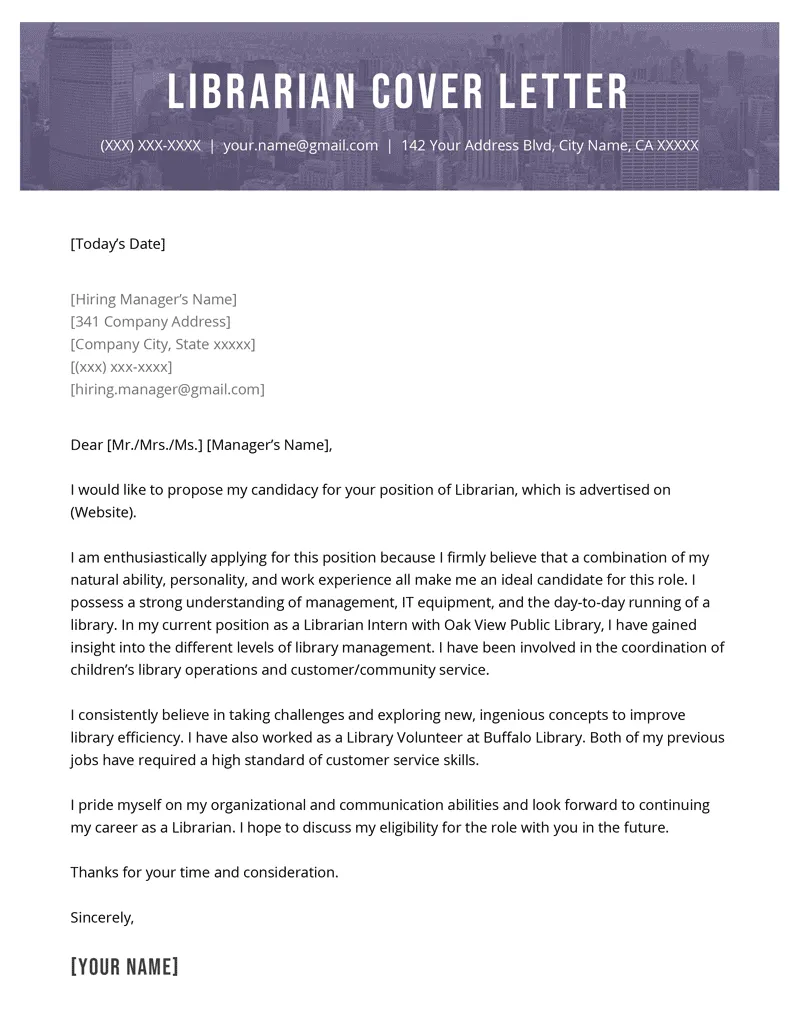Understanding the Importance of a Cover Letter
A cover letter is more than just a formality; it’s your first opportunity to make a strong impression on a potential employer. It serves as a personal introduction, allowing you to showcase your personality, passion, and unique qualifications beyond what’s listed in your resume. In a competitive job market, a well-crafted cover letter can be the deciding factor in whether or not you’re invited for an interview. It provides context to your resume, helping the hiring manager understand how your skills and experience align with the specific job requirements and the company’s culture. A compelling cover letter demonstrates your genuine interest in the position and the organization, setting you apart from other applicants who may have simply submitted a generic resume.
Cover Letter Basics Essential Elements
A successful cover letter includes several key elements. Begin with a professional header that includes your contact information, the date, and the recipient’s information. The body of the letter should be concise and well-structured, typically consisting of three to four paragraphs. The opening paragraph should immediately capture the reader’s attention by stating the position you’re applying for and expressing your enthusiasm. The middle paragraphs should highlight your relevant skills and experience, providing specific examples to demonstrate your qualifications. Finally, the closing paragraph should reiterate your interest, express gratitude for the opportunity, and include a call to action, such as inviting the hiring manager to contact you for an interview. Ensure that the letter is free of grammatical errors and typos.
Contact Information
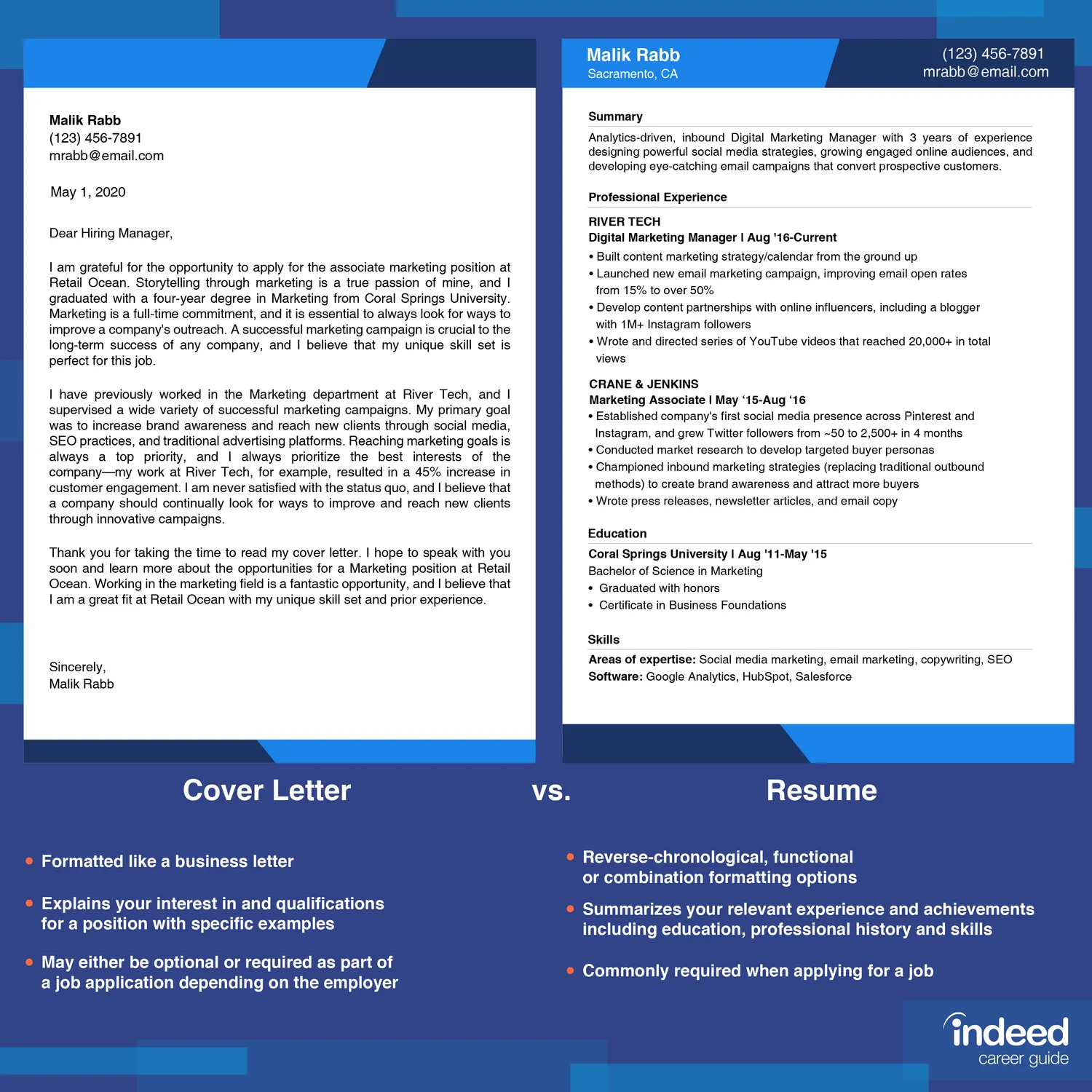
Your contact information should be at the top of the cover letter, mirroring the format on your resume. Include your full name, phone number, email address, and optionally, your LinkedIn profile URL. Make sure the email address is professional and appropriate. Double-check all information to ensure accuracy, as this is how employers will contact you. The presentation should be clean and easy to read, allowing the hiring manager to quickly access your contact details. Consistent formatting between your cover letter and resume creates a professional and organized impression, highlighting your attention to detail and commitment to accuracy. Accuracy in the contact details is the first step to receive job offers.
Date and Salutation
Following your contact information, include the date and the recipient’s details (name, title, company). Address the hiring manager by name whenever possible; research the company website or LinkedIn to find the correct contact. If you cannot find a specific name, use a professional salutation like ‘Dear Hiring Manager.’ Avoid generic greetings like ‘To Whom It May Concern.’ The salutation sets the tone for the entire letter, making it more personalized. Correctly addressing the recipient demonstrates your attention to detail and your genuine interest in the position. This small step can make a significant difference in how the hiring manager perceives your application. If there is no named person, then it’s better to use their job role.
Formatting Your Cover Letter
Formatting is crucial for readability and professionalism. Use a standard, easy-to-read font such as Arial or Times New Roman, with a font size between 10 and 12 points. Maintain consistent spacing throughout the letter, typically using single or 1.15 line spacing. Set margins to 1 inch on all sides to provide a clean and uncluttered appearance. The letter should be left-aligned, with a professional-looking header and footer (optional). Use bullet points to highlight key skills or achievements. Keep the letter concise, aiming for no more than one page. A well-formatted cover letter is easier to read and reflects your attention to detail and organizational skills, qualities that employers value highly. Make sure that you use the same font used on the resume as well.
Opening Paragraph Make a Strong First Impression
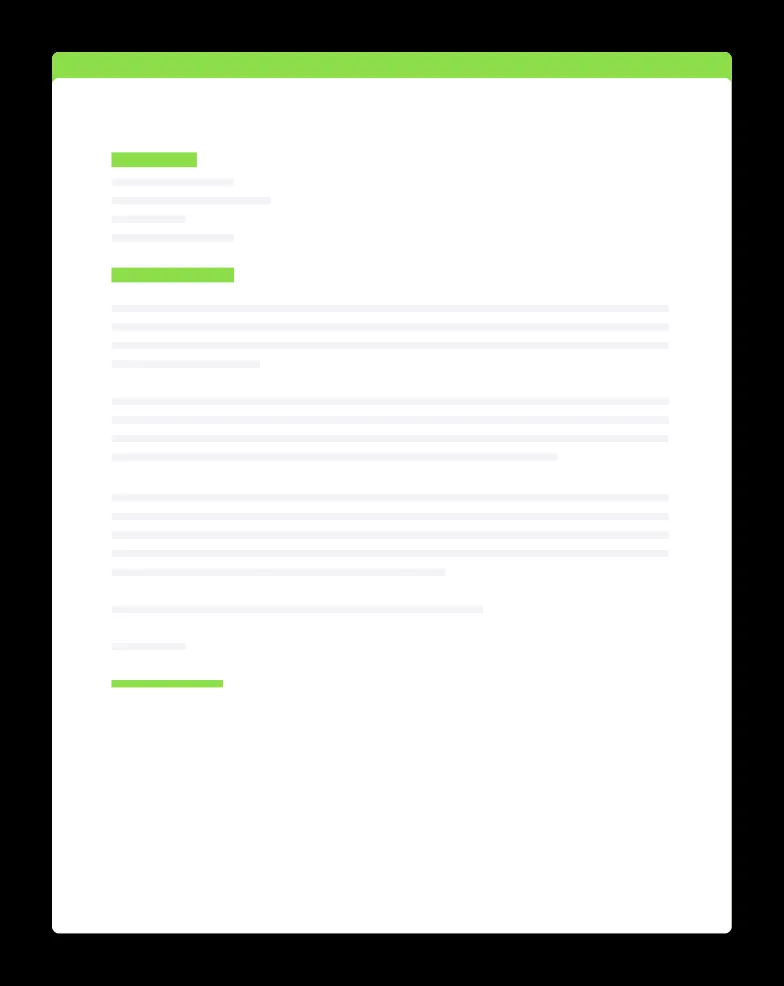
The opening paragraph is your chance to immediately grab the reader’s attention. Start by clearly stating the position you’re applying for and where you saw the job posting. Briefly mention why you’re interested in the role and the company. Avoid generic openings; instead, show genuine enthusiasm. You might also mention something specific that caught your eye about the job description or the company’s mission. Aim to create a hook that makes the hiring manager want to read more. A strong opening paragraph sets the tone for the rest of your letter, demonstrating your clarity and enthusiasm. This first impression is crucial in setting you apart from other applicants and making your application stand out. Ensure that this paragraph is compelling.
Highlighting Your Skills and Experience
The body of your cover letter is where you demonstrate how your skills and experience align with the job requirements. Carefully review the job description and identify the key skills and qualifications the employer is seeking. Provide specific examples from your past experiences that showcase these skills. Use the STAR method (Situation, Task, Action, Result) to structure your examples, providing context, explaining your role, detailing your actions, and highlighting the positive outcomes. Tailor your examples to the specific requirements of the job, rather than using generic descriptions. Quantify your achievements whenever possible, using numbers and data to demonstrate your impact. This helps the hiring manager see the value you bring to the role.
Tailoring Your Cover Letter to the Job
Customizing your cover letter for each job application is essential. Avoid using a generic template; instead, personalize the letter to fit the specific requirements and culture of the company. Research the company and the role thoroughly. Mention specific projects, values, or aspects of the company that resonate with you. Highlight how your skills and experience directly address the job requirements outlined in the job description. This demonstrates your genuine interest and shows that you’ve taken the time to understand the position and the organization. Tailoring your cover letter shows that you care enough to go the extra mile, greatly increasing your chances of getting an interview.
Showcasing Relevant Experience
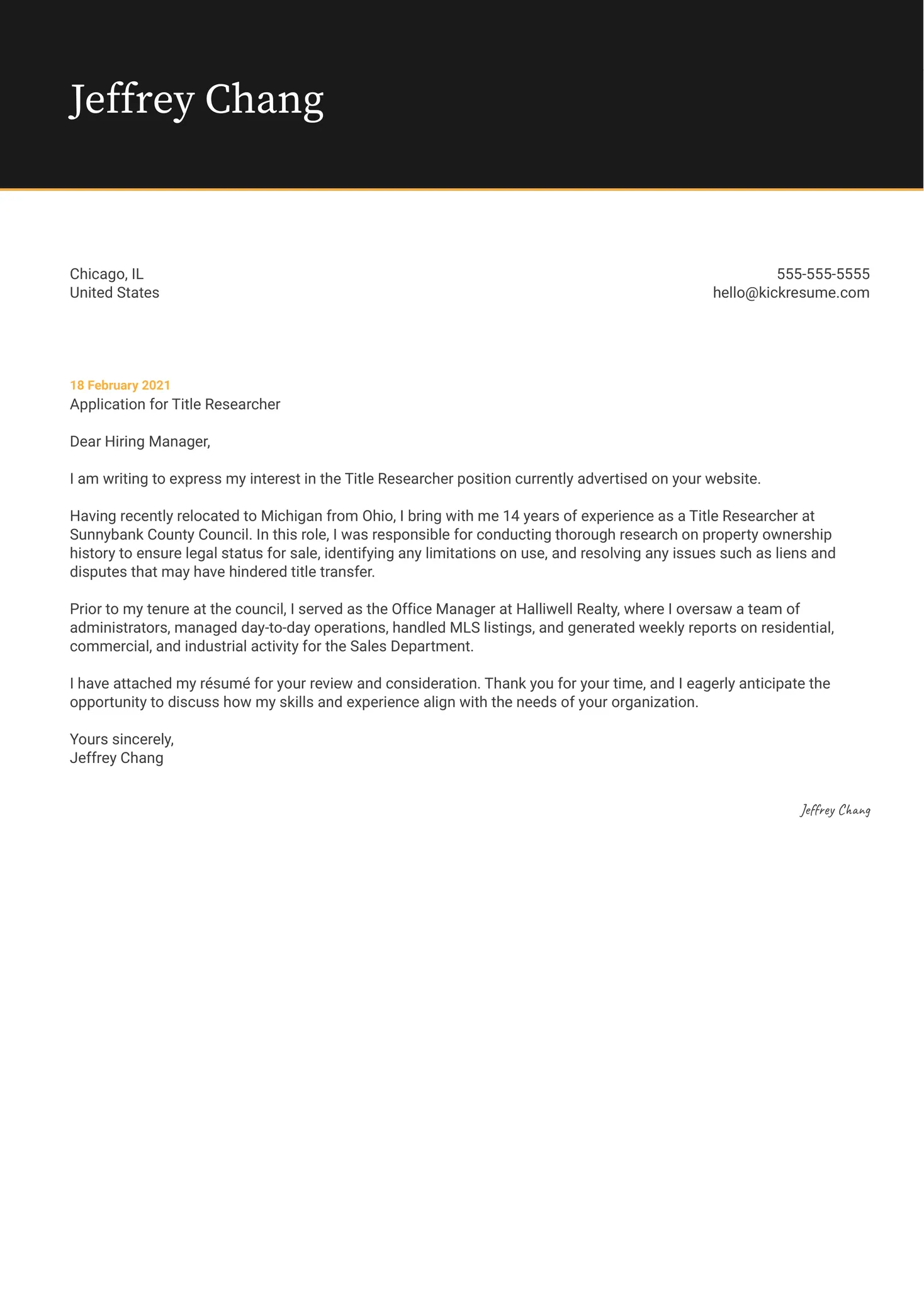
Focus on the experience that is most relevant to the job you’re applying for. Select past roles and projects that demonstrate the skills and qualifications the employer is looking for. Instead of listing every job you’ve held, prioritize those that align with the job requirements. Briefly describe your responsibilities and accomplishments in each relevant role. Use action verbs to start your sentences, such as ‘Managed,’ ‘Developed,’ or ‘Implemented.’ This will help to showcase your capabilities. Be clear and concise, avoiding jargon or technical terms that the hiring manager might not understand. Tailor your descriptions to match the language used in the job description, demonstrating your ability to meet their needs.
Quantifying Achievements
Whenever possible, quantify your achievements to provide concrete evidence of your impact. Use numbers, percentages, and data to illustrate your accomplishments. For example, instead of saying ‘Improved sales,’ say ‘Increased sales by 15% in one quarter.’ Quantifying your achievements makes your accomplishments more impactful and easier for the hiring manager to understand. It demonstrates your ability to deliver results and adds credibility to your claims. Be specific and provide context, explaining the metrics you used and the methods you employed to achieve the results. This makes your cover letter more persuasive and helps the hiring manager understand the value you bring to the table. Quantifiable achievements are more likely to stand out.
Closing the Cover Letter Effectively
The closing paragraph should reiterate your interest in the position and express gratitude for the opportunity. Reiterate your enthusiasm and briefly summarize why you are a good fit for the role. Include a clear call to action, such as inviting the hiring manager to contact you for an interview or to discuss your qualifications further. Thank the hiring manager for their time and consideration. End with a professional closing, such as ‘Sincerely’ or ‘Best regards,’ followed by your name. Ensure that your contact information is easily accessible. A well-crafted closing paragraph leaves a lasting positive impression and encourages the hiring manager to take the next step.
Expressing Enthusiasm and Gratitude
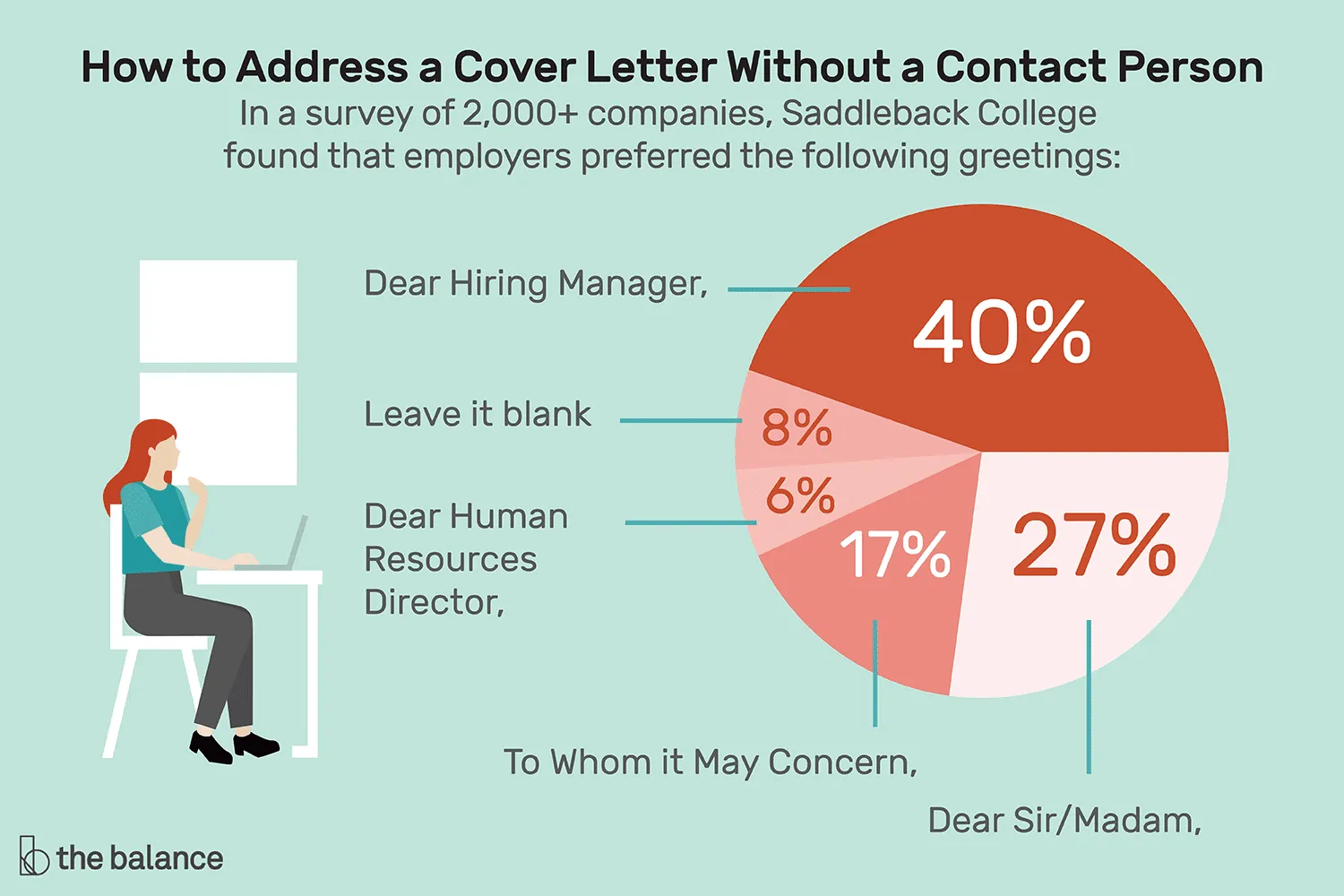
Throughout your cover letter, express genuine enthusiasm for the position and the company. Show that you have researched the organization and are genuinely interested in their mission and values. Use positive and energetic language. Let your passion for the role shine through in your writing. At the end of the letter, express your gratitude for the hiring manager’s time and consideration. Thank them for reviewing your application and acknowledging the opportunity. This shows respect and a professional demeanor. Demonstrating enthusiasm and gratitude can make a positive impact on the reader, making them want to learn more about you. This will make you stand out from the rest of the applicants.
Proofreading and Editing
Before submitting your cover letter, thoroughly proofread and edit it to eliminate any errors. Check for grammatical mistakes, spelling errors, and typos. Ensure that your writing is clear, concise, and easy to understand. Ask a friend, family member, or career advisor to review your letter for feedback. Fresh eyes can often catch errors that you might miss. Pay close attention to your tone and style, ensuring that they are professional and appropriate for the job and company. Proofreading and editing demonstrates your attention to detail and commitment to quality. Submitting a polished cover letter shows that you’re serious about the opportunity and that you care about making a good impression.
Cover Letter Examples and Templates
Utilize cover letter examples and templates as a guide, but avoid simply copying them. Use these resources to understand the structure, format, and language of a successful cover letter. Adapt the examples to your unique skills, experiences, and the specific job you’re applying for. There are many online resources available, including websites, career blogs, and university career centers. Ensure that the templates you choose are relevant to the job type, industry, and your level of experience. Customize the content to reflect your strengths and the requirements of the role. Review your finished letter to ensure it is unique and tailored to each application. Using examples and templates can save time and provide structure, but personalized content is what makes you stand out.
